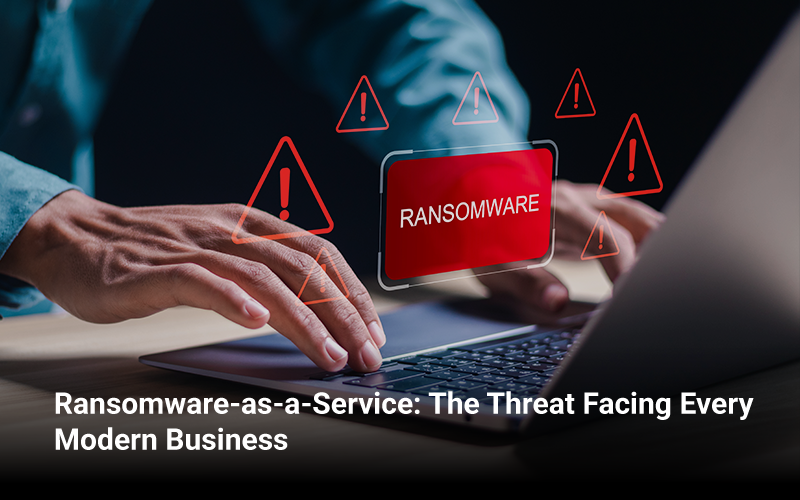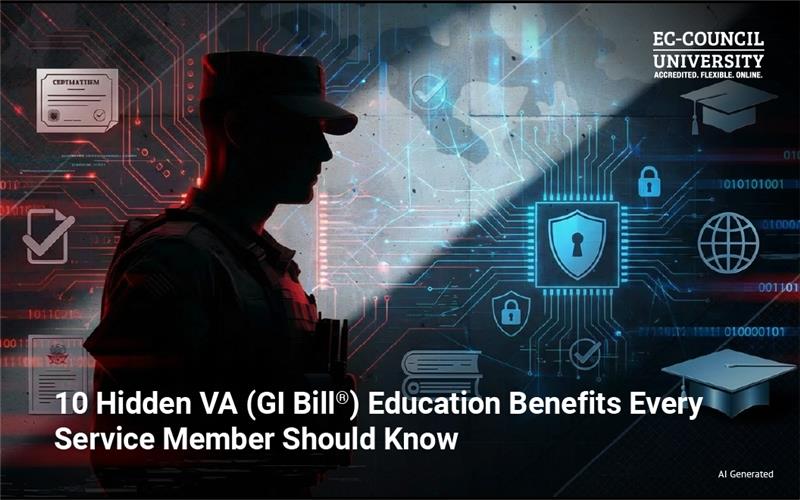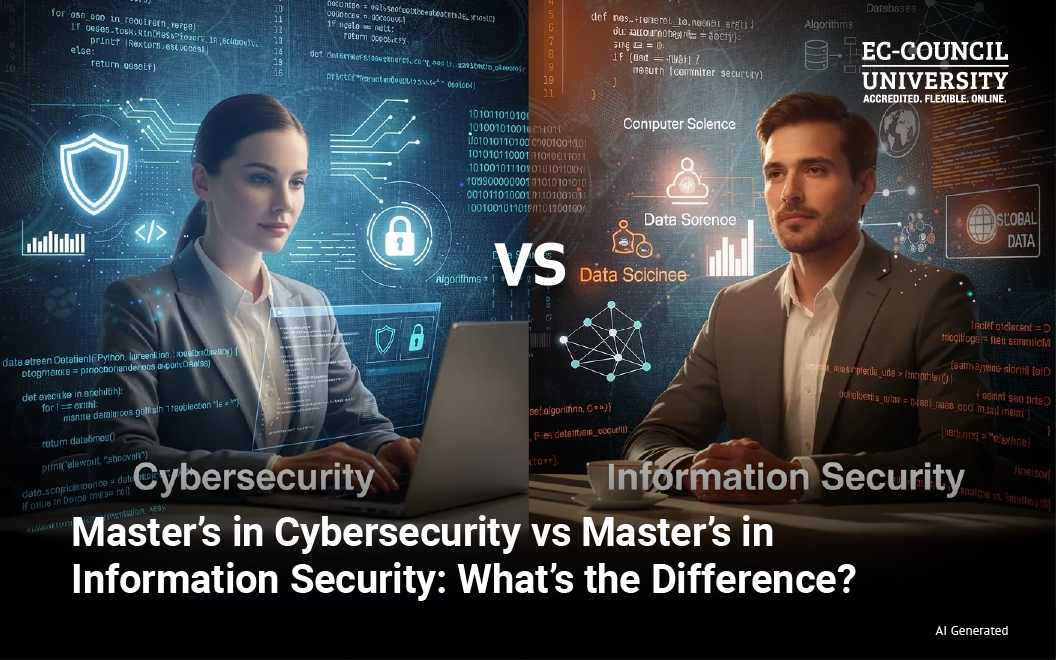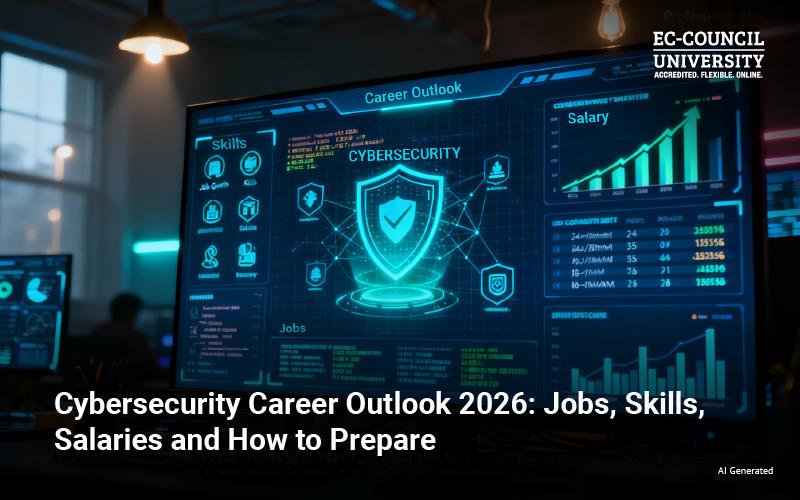Ransomware attacks have surged and continue to disrupt businesses across industries. Incidents of attack severely hamper business operations, disrupting and holding the entire company hostage. But behind many of these high-profile attacks is the new, industrialized business model, Ransomware-as-a-Service (RaaS), which has emerged in the industry.
The new age attack model has democratized cybercrime, allowing even low-skilled criminals to launch devastating attacks with minimal effort. For modern businesses, this shift reflects the growing threat and the urgent need to remain constantly vigilant and build a robust, proactive security posture.
Explore what Ransomware-as-a-Service is, how it works, and why it is so dangerous. Knowing what your organization is up against is essential to having proactive security measures in place and to defending your organization against such attacks and cybercrimes.
What Is Ransomware-as-a-Service (RaaS)?
Ransomware-as-a-Service is the new age illicit business model in the cybercrime world. The modus operandi of this cybercrime business involves a model developer creating and maintaining ransomware strains, then leasing them to “affiliates” who deploy the malware against targets.
Think of it as the “SaaS model for cybercriminals,” where just as businesses use Software-as-a-Service tools, attackers now use RaaS platforms to launch ransomware attacks without requiring deep technical skills.
How Does the Ransomware-as-a-Service Work?
Ransomware-as-a-Service is a streamlined, plug-and-play model that has led to a significant increase in ransomware attacks. With the RaaS model, even inexperienced attackers can outsource the technical aspects of ransomware development and target victims globally.
Today, these attacks are not limited to targeting large enterprises but even small and mid-sized enterprises. Here is a breakdown of how the RaaS model works, describing the typical RaaS attack flow:
RaaS Model Development:
A cybercriminal creates a ransomware strain and sets up an infrastructure with control panels, servers, encryption tools, and payment portals for the execution and management of the attack.
RaaS Model Service Offering:
Ransomware is offered as a “service platform” on dark web forums, illicit marketplaces, or private forums to affiliates who can use the ransomware strain for the execution of an attack. The service platform offering may include:
- Access to the ransomware tool
- Step-by-step deployment guides
- Customer support
- Dashboard for managing attacks and viewing ransom payments
Affiliate Sign-Up:
Individuals or groups join the RaaS program through a subscription fee or a profit-sharing model, gaining access to tools that enable them to spread ransomware via phishing emails, malicious ads, exploit kits, and other methods. The Affiliates are responsible for:
- Choosing targets
- Gaining access (via phishing, exploiting vulnerabilities, etc.)
- Deploying the ransomware payload
Deployment of Ransomware:
Once the ransomware is deployed on the targeted victim, the platform-
- Encrypts the victim’s data
- Displays the ransom note with payment instructions (usually in cryptocurrency)
- May also exfiltrate data for double extortion (threatening to leak data)
Ransom Payment:
If the victim pays the ransom-
- Payment goes to a wallet controlled by the operator or via the platform.
- The operator takes their cut (as per agreement).
- The affiliate gets their share.
Some RaaS platforms have automated the entire process.
Ongoing Support and Updates:
- Many RaaS operators offer technical support to affiliates, guiding them through the execution and deployment of attacks, negotiation, and payment collection.
Why RaaS Is So Dangerous for Businesses
RaaS as a service has transformed the way attackers now operate. The modus operandi of RaaS has transformed ransomware from being a niche threat into a global epidemic. Here is why it is particularly dangerous:
1. Low Barrier to Entry
Criminals no longer need to be skilled hackers. With access to a RaaS kit, anyone can execute complex ransomware campaigns with ease.
2. Massive Reach
The way the RaaS model works makes it a massive global threat to businesses. Since the attack affiliates operate independently, the ransomware spreads far and wide. Multiple victims can be targeted using the same ransomware variant worldwide.
3. Anonymity of Attack
Payments are made in cryptocurrency, and operations are conducted through dark web channels. This makes it nearly impossible to trace the individuals behind the strain of attacks.
4. Sophisticated Tools
RaaS developers constantly improve their malware, offering advanced features like:
- Double extortion through encrypting and stealing of data
- Sandbox evasion
- Built-in encryption modules
- Tor-based payment portals
5. Professionalizing Cybercrime
Many RaaS operators function like legitimate businesses, offering end-to-end service and support like:
- Provide affiliate dashboards for managing attacks.
- Commission structures for the use of the RaaS model.
- 24/7 support for guidance on executing the attack and ransom collection.
- Bug bounties for discovering new exploits and developing new strains of attacks.
6. Target Diversity
No business is too small or big not to be a target for an attacker. In any industry, from small to medium-sized enterprises, schools, non-profit organizations, and even local governments, these entities are often under the radar and common targets for attackers.
7. Decentralized Law Enforcement and Regulation
With developers and affiliates operating independently across borders, it is challenging for law enforcement to dismantle these operations, identify failures, and target them effectively.
The Real-World Examples of RaaS Attacks
Several high-profile ransomware groups operate under the RaaS model. Here are a few examples:
LockBit
One of the most notorious RaaS platforms. LockBit has targeted everything from manufacturing firms to government agencies. Their latest variant, LockBit 3.0, features faster encryption and better evasion techniques.
BlackCat (ALPHV)
Known for using Rust-based ransomware, BlackCat is a sophisticated group offering affiliates extensive customization options.
REvil/Sodinokibi
Linked to major attacks on Kaseya and JBS Foods, REvil was a classic RaaS operation, making millions before being disrupted by law enforcement.
Conti
A highly organized RaaS group responsible for dozens of high-profile attacks, Conti operated like a corporate entity and was infamous for its aggressive double extortion tactics.
DarkSide
Best known for the Colonial Pipeline attack, DarkSide combined slick PR tactics with powerful ransomware before disappearing under global law enforcement pressure.
These groups have been behind major attacks on infrastructure, hospitals, corporations, and government agencies.
The Business Impact of a RaaS Attack
The cost of ransomware attacks is staggering:
- Average ransomware claim in 2025 is $1.18 million (source: Help Net Security)
- Ransomware downtime for manufacturers averages $1.9 million per day (source: Manufacturer.net)
- Reputational damage, legal liability, and customer loyalty are at stake, which can hinder long-term business viability.
Even when the ransoms are paid, businesses may face scenarios of:
- Data leakage on dark web marketplaces
- Non-compliance fines (e.g., GDPR, HIPAA)
- Double extortion, where data is sold in the dark web marketplace.
How to Protect Your Business Against RaaS Attacks
Here is how to secure your business against ransomware attacks and RaaS attacks.
1. Employee Awareness and Training
- Educate your staff on phishing, social engineering, and suspicious email behaviors.
- Regularly simulate phishing attacks to be prepared for such scenarios.
2. Regular Data Backups
- Practice taking regular backups of critical data.
- Ensure that you store the backups securely, either offline or in an isolated, secure network.
- Regularly test the backups for reliability and accuracy.
3. Patch and Update Systems
- Regularly update your systems to apply security patches promptly to your operating systems, software, and firmware.
- Monitor vulnerability advisories for new strains of attacks and vulnerabilities (e.g., CISA alerts).
4. Multi-Factor Authentication (MFA)
- Implement MFA on all user accounts, particularly for VPNs and privileged access, to secure access.
5. Endpoint Detection & Response (EDR)
- Deploy EDR tools that help with early detection and automated response to the detected unusual behavior identified in real-time.
6. Incident Response Plan
- Develop a comprehensive plan for potential ransomware scenarios and corresponding strategies to mitigate them.
- Have a legal team and technical response teams in place for effective communication with stakeholders.
- Practice with tabletop exercises
7. Zero Trust Architecture
- Limit access privileges based on roles
- Monitor network traffic and use micro-segmentation
The Future of RaaS: What to Expect
Ransomware-as-a-Service is not slowing down. In fact, we can expect AI-powered ransomware to use AI to select targets or bypass security tools
- Triple extortion: Launch DDoS attacks, leak data, and extortion from victims.
- More automation: RaaS kits with one-click attack deployment.
- Ransomware regulation: Governments may introduce laws to ban ransom payments or require disclosure of such payments.
Organizations must evolve their cybersecurity strategy to keep pace with the growing threats and their sophisticated attack techniques.
Conclusion
Ransomware-as-a-Service has revolutionized the cybercrime world by reducing entry barriers, increasing the scale, speed, and severity of attacks. For businesses, this means no one is safe, regardless of the size, sector, or geography. By understanding how RaaS works and taking a multi-layered approach to defense, you can reduce your risk and be better prepared to respond if you are targeted.
Stay one step ahead of attackers by upskilling with EC-Council University’s cutting-edge cybersecurity programs







